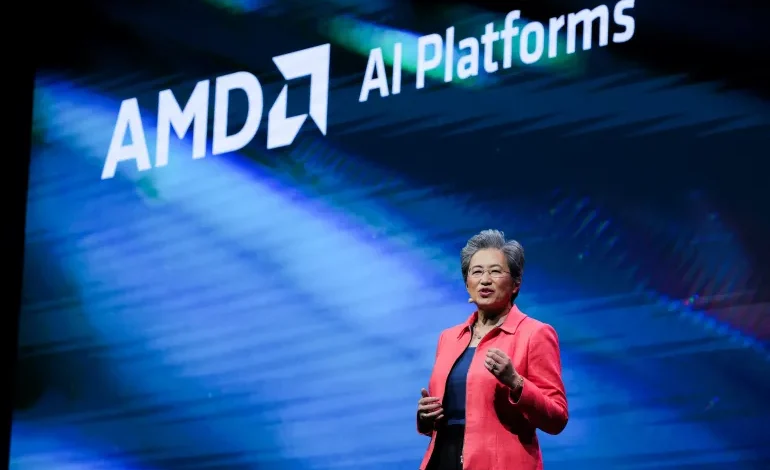The United States Department of Energy (DOE) has teamed up with semiconductor giant Advanced Micro Devices (AMD) to develop two next-generation supercomputers.
The new systems will bolster America’s capacity to run complex nuclear simulations and advanced scientific research, including drug development for diseases such as cancer.
The machines are expected to become part of the DOE’s national laboratory network, which already houses some of the world’s fastest supercomputers, including Frontier and Aurora.
According to officials familiar with the project, the collaboration aims to ensure that the US maintains a strategic edge in high-performance computing, particularly as global competition intensifies with China and Europe.
The new technology will help manage and modernize the US nuclear arsenal, ensuring safety and reliability without live testing, and also accelerate research in climate modeling, artificial intelligence, and biomedical innovation.
AMD’s cutting-edge processors and accelerators will serve as the computational backbone of the systems, designed to deliver speeds measured in exaflops, or quintillions of calculations per second.
The announcement boosted AMD’s stock, which rose 0.7 percent as of 12:15 PM in New York (16:15 GMT) on Monday.
The Department of Energy has not yet disclosed where the new machines will be located or when they will come online, but insiders suggest deployment could begin as early as 2026.










The latest news in your social feeds
Subscribe to our social media platforms to stay tuned